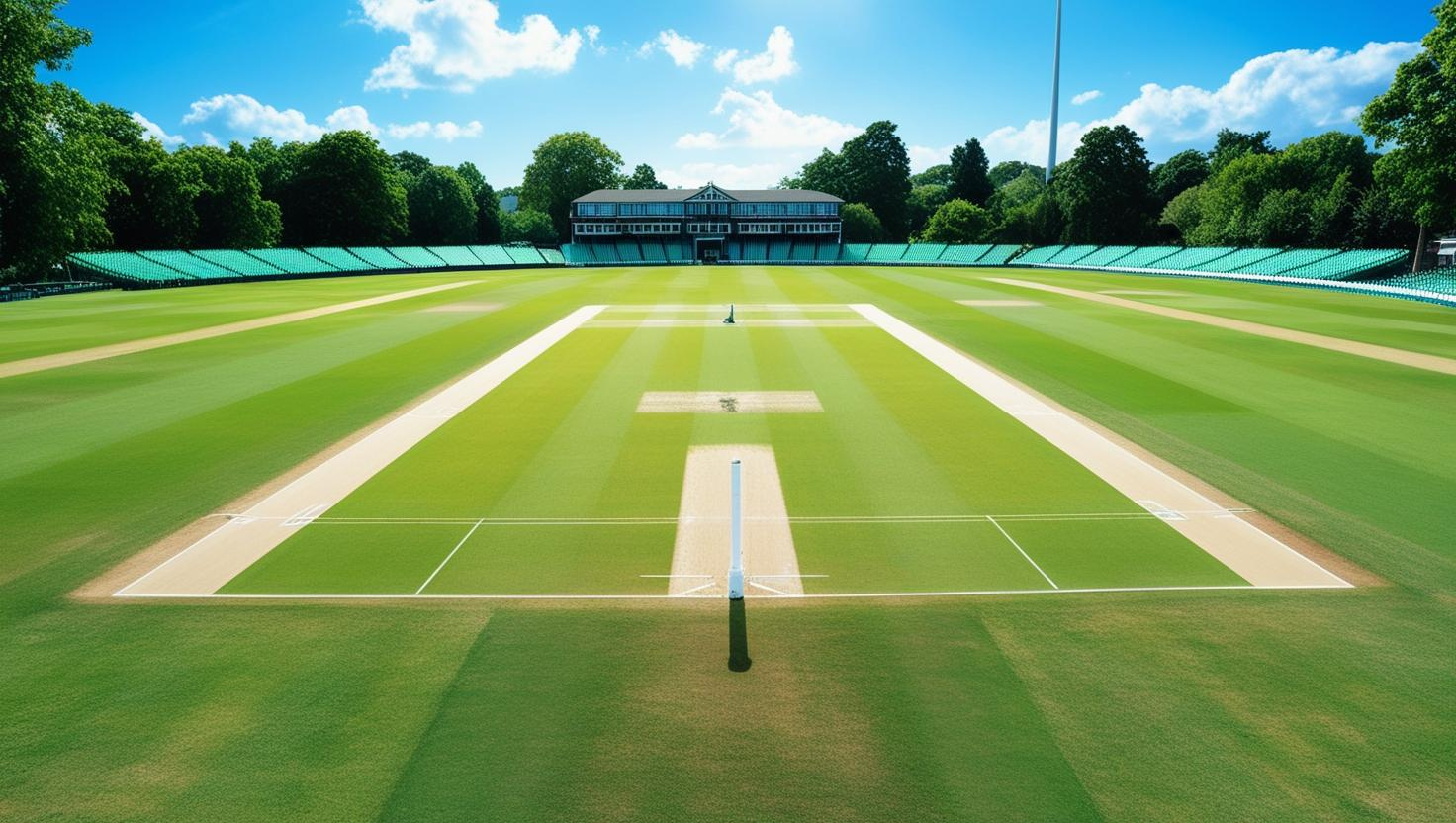
Due to its small scale and accessibility, box cricket, an interesting and fast-paced game, has become somewhat popular, in urban settings. Building a box cricket pitch, calls for meticulous attention to detail to guarantee that the area enhances the playing experience while preserving surface longevity. Whether you are organizing a small cricket ground or a professional venue, correct box cricket construction is essential. Choosing the appropriate cricket ground, and artificial cricket pitch, which provide a consistent and dependable surface for every game—is crucial component of this building.
Choosing the Right Cricket Turf and Artificial Cricket Pitch
One of the first choices to consider, when building a box cricket pitch is the kind of grass to utilize. Because of its low maintenance and longevity, artificial turf has becoming very popular in box cricket construction. Artificial cricket pitch surfaces provide regular ball bounce, and a uniform playing experience, all year round, unlike real grass, independent of the weather. Since the cricket ground must resist continuous usage and strike the ideal mix of grip and ball speed, its quality is very important.
The kind of play you want to encourage, will help you decide on the artificial cricket field. A pitch that can handle high-impact action, is crucial for box cricket, a usually more aggressive, and fast-paced game. With a range of choices for artificial cricket fields, OSMS turf guarantees that the turf is especially made to manage both leisure play and professional-level events. Setting up an artificial pitch also takes proper drainage into account as it helps avoid waterlogging and preserves the condition of the surface over time.
Layout and Design of Your Box Cricket Construction
The way your box cricket pitch is laid is equally as crucial as the grass quality. Usually speaking, box cricket is played in a smaller, enclosed area than conventional cricket fields. Enough area is needed in a normal box cricket field for the pitch, borders, and safety zones all around. The pitch's dimensions should be commensurate with the available area so that players may maneuver unhindered by integrity issues of the game. Often part of box cricket construction, fencing or walls surrounding the field serve as safety precautions and boundaries, stopping the ball from straying from play.
Designing the pitch with correct dimensions and a balance between the batting and bowling sections helps to provide the best playing environment. Careful layout of the artificial cricket pitch guarantees a flat surface that advances the best possible playing conditions. For convenience of mobility and safety, the surrounding area should also be leveled and removed. Investing in the correct turf and pitch will help your box cricket construction to be more than simply a place to play; it will become a location where fans may watch top-notch cricket.
Conclusion and Call to Action
In essence, box cricket construction calls for meticulous planning, particularly with regard to selecting the appropriate artificial cricket pitch, and cricket grass. OSMS Turf has a range of choices meant to provide a consistent, strong, and safe playing surface for box cricket. Whether you're building a professional-level field, or a local play area, using the correct materials and design will help to create an ideal cricket environment.
Visit OSMS Turf for professional advice and premium grass solutions to find out more about designing the ideal box cricket construction.